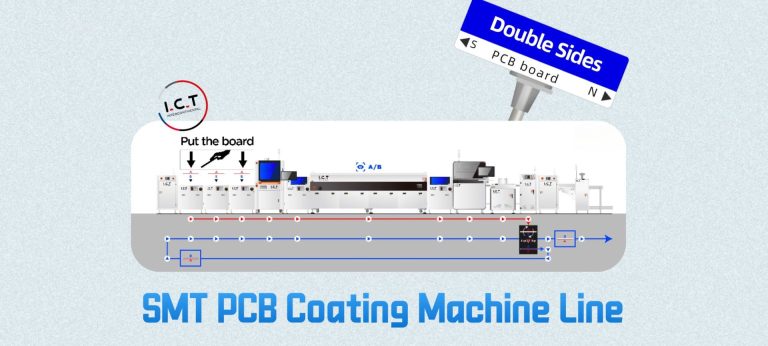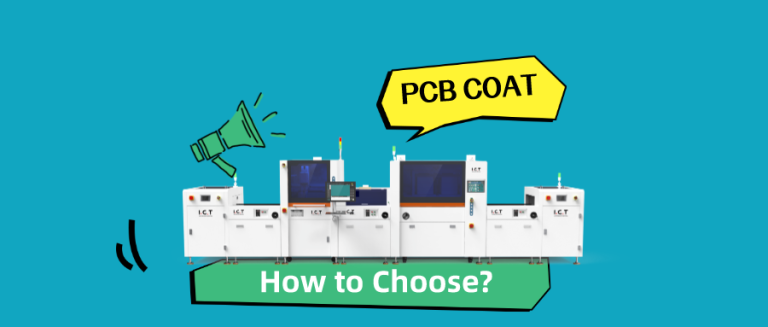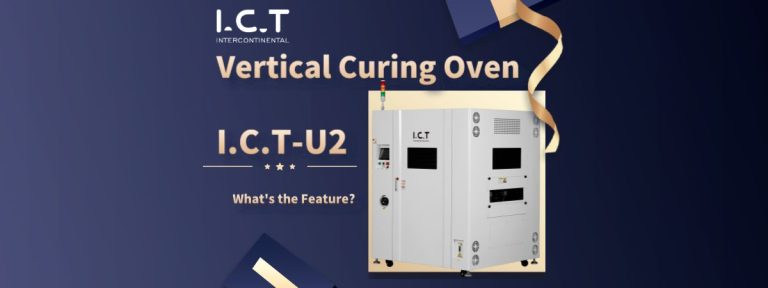Selective Wave Soldering: Making Informed Choices for Specialized Assemblies
In the realm of electronics manufacturing, the choice between conventional wave soldering and selective wave soldering is a critical decision that directly influences the quality and efficiency of the assembly process. This article aims to guide manufacturers in discerning the optimal soldering method for their specific needs, with a focus on the key factors that differentiate conventional and selective wave soldering.
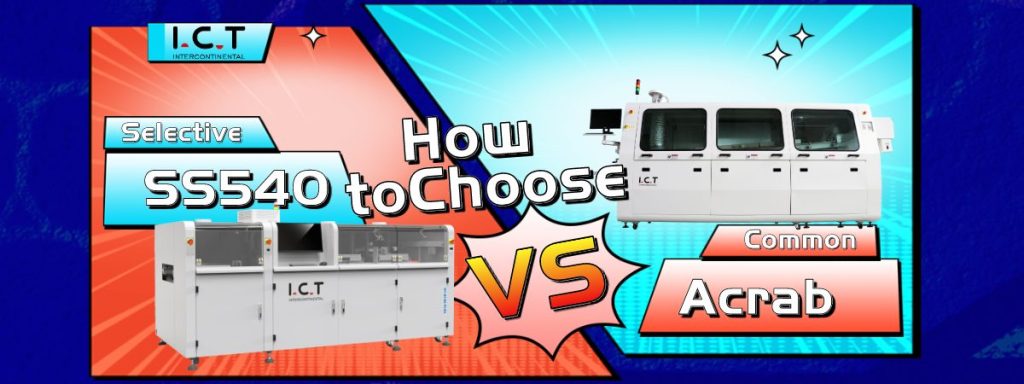
Understanding Conventional Wave Soldering: Conventional wave soldering has long been a staple in the electronics industry, providing a cost-effective and reliable means of soldering through-hole components on printed circuit boards (PCBs). In this process, the entire PCB is passed over a turbulent wave of molten solder, ensuring the uniform application of solder to all exposed pads and leads. While this method is suitable for many applications, it may present challenges when dealing with assemblies that include sensitive or heat-sensitive components.
Enter Selective Wave Soldering: Selective wave soldering addresses the limitations of conventional methods by offering a more precise and controlled soldering process. This technique allows manufacturers to selectively apply solder only to specific areas of the PCB, avoiding contact with sensitive components that could be adversely affected by high temperatures. The selective wave soldering machine employs a programmable solder nozzle, enabling precise targeting and reducing the risk of thermal damage to delicate parts.
Key Considerations for Selective Wave Soldering Adoption:
- Component Sensitivity: If your assembly includes components sensitive to heat, such as plastic connectors or heat-sensitive semiconductors, selective wave soldering is a preferable option. The ability to avoid exposing these components to the high temperatures associated with conventional wave soldering ensures the integrity of the assembly.
- Complex Board Designs: Assemblies with intricate and dense PCB designs may benefit from the precision offered by selective wave soldering. This method allows for targeted solder application, reducing the likelihood of solder bridges and ensuring consistent solder joints in tight spaces.
- Mixed Technology Assemblies: Selective wave soldering is particularly advantageous in mixed-technology assemblies where both through-hole and surface-mount components coexist. The ability to selectively solder through-hole components while avoiding contact with sensitive surface-mount devices streamlines the assembly process and minimizes rework.
- Customization and Flexibility: If your production line requires frequent changes in soldering patterns or the incorporation of last-minute design modifications, selective wave soldering machines provide the flexibility needed to adapt to evolving requirements.
Selective Wave Soldering: Making Informed Choices for Specialized Assemblies
The Need for Selective Wave Soldering:
One common reason for opting for selective wave soldering is the presence of components that cannot withstand high temperatures. In instances where the entire board is subjected to the intense heat of conventional wave soldering, certain specialized elements may incur damage. Let’s examine a few scenarios where selective wave soldering becomes the preferred choice:
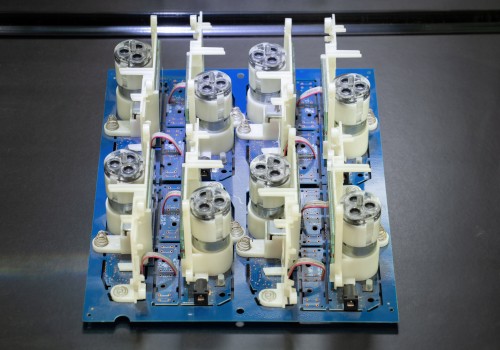
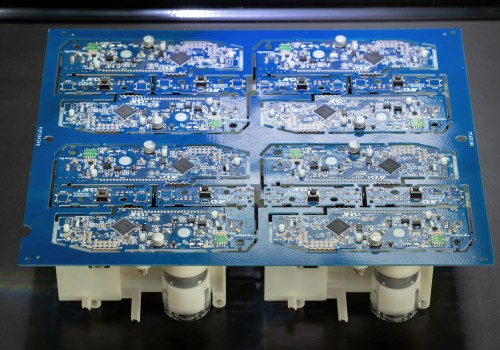
Plastic Components Prone to High-Temperature Damage:
Consider a PCB with numerous plastic components strategically placed to secure other plastic elements. These components serve a vital role in the assembly but are sensitive to high temperatures. Conventional wave soldering, with its blanket application of heat, risks compromising these plastic parts. In such cases, selective wave soldering emerges as the solution, allowing the precise application of solder without exposing temperature-sensitive materials to potential damage.
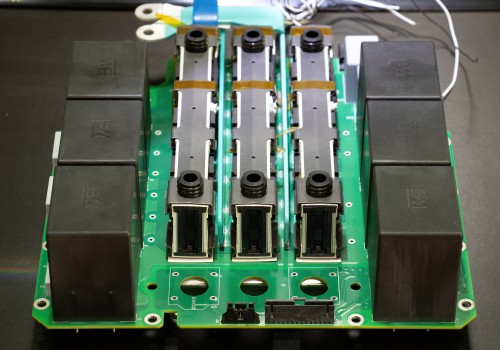
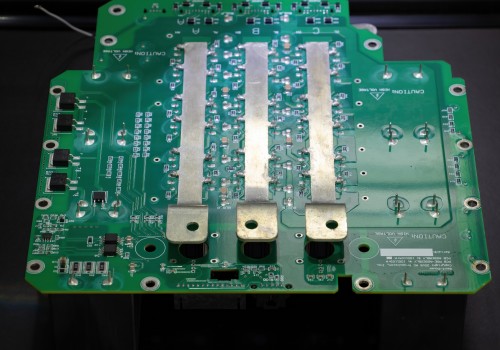
Heavy and Tall Components on the PCB:
In situations where the PCB hosts heavy and exceptionally tall components, conventional wave soldering might not be the optimal choice. The risk of uneven solder distribution and the challenge of reaching the desired soldering points on elevated components can be mitigated by the precision offered by selective wave soldering.
Complex Assemblies with Multiple High Components:
Some assemblies involve intricate designs with a multitude of components, and some of these components may have significant height variations. Conventional wave soldering may struggle to provide uniform solder joints in such scenarios, whereas selective wave soldering can selectively target specific areas, ensuring an even and reliable soldering process.
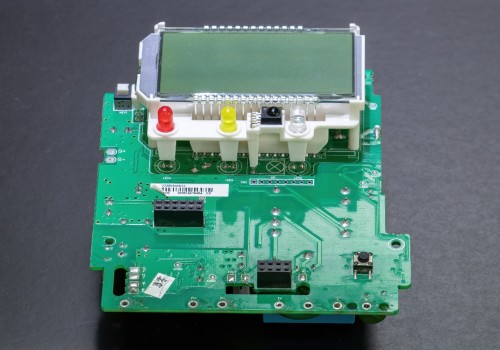
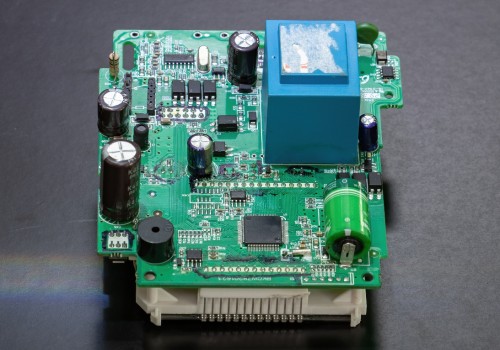
PCBs with Delicate LCD Displays:
As technology advances, many PCBs are integrated with delicate components like liquid crystal displays (LCDs). The sensitivity of LCDs to heat makes them incompatible with conventional wave soldering. Selective wave soldering, with its ability to focus soldering on designated regions, safeguards these delicate displays from the potentially damaging effects of high temperatures.
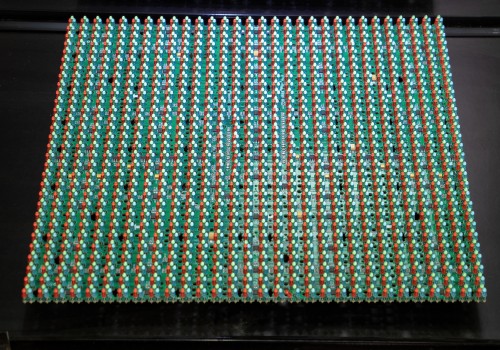
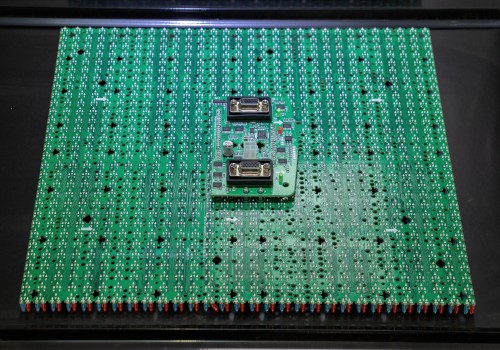
Challenging Soldering Requirements:
Certain PCBs pose intricate soldering challenges that demand a more precise approach. In such cases, where conventional methods might fall short, selective wave soldering stands out as the technique of choice. Its programmable solder nozzle allows for customization, ensuring that even the most complex soldering requirements are met with accuracy.
Navigating the Future of Selective Wave Soldering Technologies
Explore our comprehensive range of equipment, encompassing both selective wave soldering and wave soldering machine. Click to delve into detailed product information. Additionally, benefit from the help of I.C.T experts with crafting high effective SMT and DIP assembly lines. Rest assured, all our equipment adheres to stringent European safety standards—click to view our CE certificates and ensure a secure and compliant manufacturing environment.
At I.C.T, our commitment extends beyond providing cutting-edge wave soldering solutions. We take pride in delivering unparalleled service tailored to meet your unique manufacturing needs. Explore I.C.T success stories, where we’ve seamlessly implemented selective soldering and wave soldering technologies to enhance efficiency and precision. Your satisfaction is our priority. Contact us today to revolutionize your assembly process and experience the next level of manufacturing excellence. Let’s embark on a journey of innovation together.
